
Postpartum Fitness – Here’s How and When You Should Get Started

 Pregnancy, indeed the best phase of any woman’s life. The sheer thought of bringing a new life into this world, nursing and caring for the baby, and falling in love with everything about the little one is so heartwarming. However, there’s another side to pregnancy, something that’s still spoken about in hushes or never spoke about at all.
Pregnancy, indeed the best phase of any woman’s life. The sheer thought of bringing a new life into this world, nursing and caring for the baby, and falling in love with everything about the little one is so heartwarming. However, there’s another side to pregnancy, something that’s still spoken about in hushes or never spoke about at all.
Postpartum depression and stress – it is as real as it can get. However, new mothers are silenced by the fear of being shamed and guilt-tripped for having difficulties adjusting to motherhood. But remember, you are not alone.
Studies suggest that the hormonal fluctuation, the changes in your body, diet, and sleep patterns are all responsible for this. One of the major concerns that women experience post-childbirth is a severe body image issue. The excessive pregnancy weight is stubborn and hard to lose, and most new mothers do not have the time and energy to work out and get back in shape. If you are going through a similar phase too, here are a few pointers to remember before you start on your fitness routine.
When to start?
Wait for the bleeding to stop. While the bleeding generally stops within a few days after childbirth, some women experience it when they indulge in high-intensity activities. If you experience this too, it is your body’s way of telling you to stop and get back to taking some rest. Your body needs the time to heal and recover from all the pain and hormonal changes from childbirth. And if you’ve had a C-Section done during the childbirth, you will have to wait until the stitches heal invariably, and the doctor gives you the go-ahead to start exercising.
Where to Start?
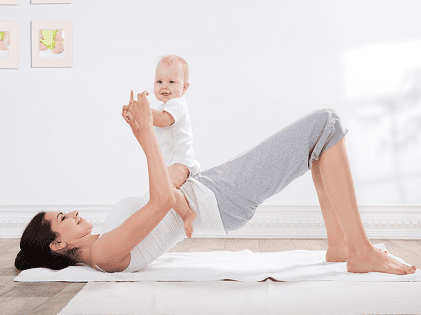 The ideal wait time would be to stay at home resting for at least six to seven weeks. By this time, your wounds would have healed, your sleep routine would have stabilized, and so would your breastfeeding routine. You could start your exercise routine with something as small as a five-minute walk.
The ideal wait time would be to stay at home resting for at least six to seven weeks. By this time, your wounds would have healed, your sleep routine would have stabilized, and so would your breastfeeding routine. You could start your exercise routine with something as small as a five-minute walk.
While it might feel great to come out in the open and walk around after a long time, remember, your body is still healing, and you might most probably be breastfeeding. This means your body is not the same as it was a year ago. So, take it slow. Take tiny careful steps and rest for a few minutes after your first five-minute walk. You could slowly and gradually increase this duration to a few more minutes in the weeks to come.
The most important point while heading out for a walk after the childbirth is to make sure you’re not pushing a stroller around or carrying your baby. It will only add to the strain on your body and will delay your recovery. It is always best to take someone along with you if you’re headed for a walk. That person could take care of the baby while you walk and be there in case you need some help.
Wait for Your Pelvic Muscles to Heal
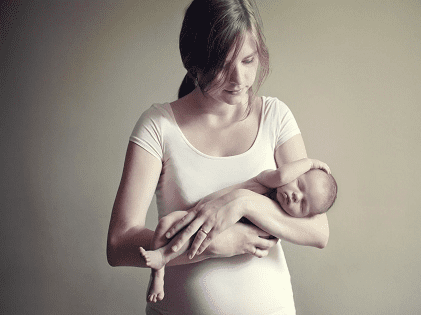 Most women experience a separation of the abdominal muscles post-pregnancy. This means that the muscles need to drawback together with the help of a physical therapist. However, in an enthusiasm to get back in shape, most women overdo abdominal workouts and end up hurting the muscles.
Most women experience a separation of the abdominal muscles post-pregnancy. This means that the muscles need to drawback together with the help of a physical therapist. However, in an enthusiasm to get back in shape, most women overdo abdominal workouts and end up hurting the muscles.
If this seems like the scariest part of the postpartum exercise, you’re wrong. That’s because we are yet to talk about the worst. If your pelvic muscles and the pelvic floor does not heal completely and you start work out, you might intermittently damage the organ. It thus leads to organ prolapse.
So, before you start your crunches, pilates, and other workouts, make sure you check with your doctor about your pelvic health. You can slowly and gradually start with a kegel exercise routine. This will strengthen your pelvic muscles and prepare your body to get back on the fitness bandwagon.
Stay Hydrated
Drink ample water and fresh fruit juices post-childbirth. Your body tends to dehydrate quickly, more so, if you’re breastfeeding. So, have some water handy at all times and keep drinking from it every few minutes. This will keep you hydrated and prevent any muscle catch or sprain once you start working out. Most muscle cramps occur because of dehydration, and staying hydrated is a great way to avoid a situation like that while you’re trying to get back on the fitness track.
These are just a few tips you could use while getting back on your fitness routine. Remember, each person is different, and so is their healing cycle. So, make sure you consult your doctor and get professional advice on the workouts you should do to get back in shape!
More in Fitness
-
`
6 of the Richest Female Rappers in the World
Who is the richest female rapper in 2024? Well, the hip-hop world has seen a surge in powerful female voices who...
July 29, 2024 -
`
Does Insurance Cover Physical Therapy?
When it comes to physical therapy, a common question arises: Do you use health insurance for physical therapy? Well, navigating the...
July 25, 2024 -
`
Does Coughing Work Your Abs? Here’s All You Ought to Know
When it comes to unexpected ways to engage your core, you might find yourself asking: Does coughing work your abs? The...
July 19, 2024 -
`
How to Prepare Rice Water for Weight Loss – Benefits and Uses
Rice water isn’t just a staple in traditional remedies—it’s a powerhouse of benefits for health and beauty. From treating diarrhea to...
July 12, 2024 -
`
Amanda Bynes Pregnant at 13? Debunking the Rumors
In recent years, the internet has been ablaze with rumors surrounding former child star Amanda Bynes, particularly regarding allegations of a...
July 1, 2024 -
`
Can Baking Soda Clean Your Lungs?
Years of inhaling cigarette smoke, pollution, and other toxins can leave you longing for a way to cleanse your lungs. The...
June 27, 2024 -
`
How to Build Muscle Mass After 60? 5 Proven Strategies
Curious about how to build muscle mass after 60? You are not alone. And the good news is that it is...
June 20, 2024 -
`
Prediabetic Foods That Can Lower Your Blood Sugar in 2024
Prediabetes is a health condition characterized by blood sugar levels that are higher than normal but not high enough to be...
June 13, 2024 -
`
Kelly Clarkson’s Weight Loss Journey | Here Are the Details
Kelly Clarkson’s weight loss has been a hot topic among fans and media alike. The iconic American singer and host of...
June 3, 2024
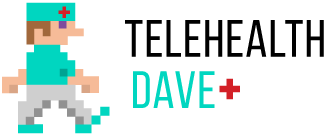



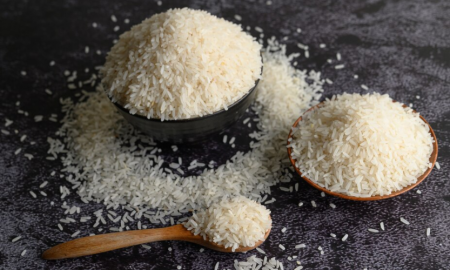

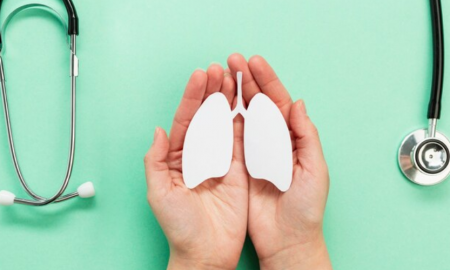
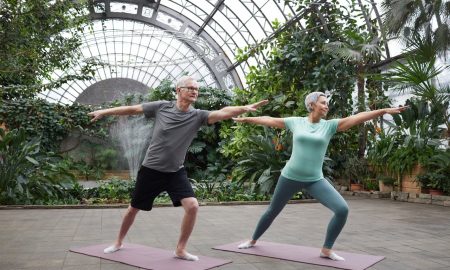


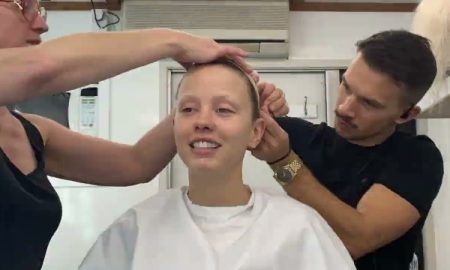



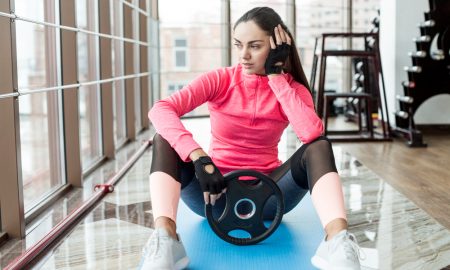
You must be logged in to post a comment Login